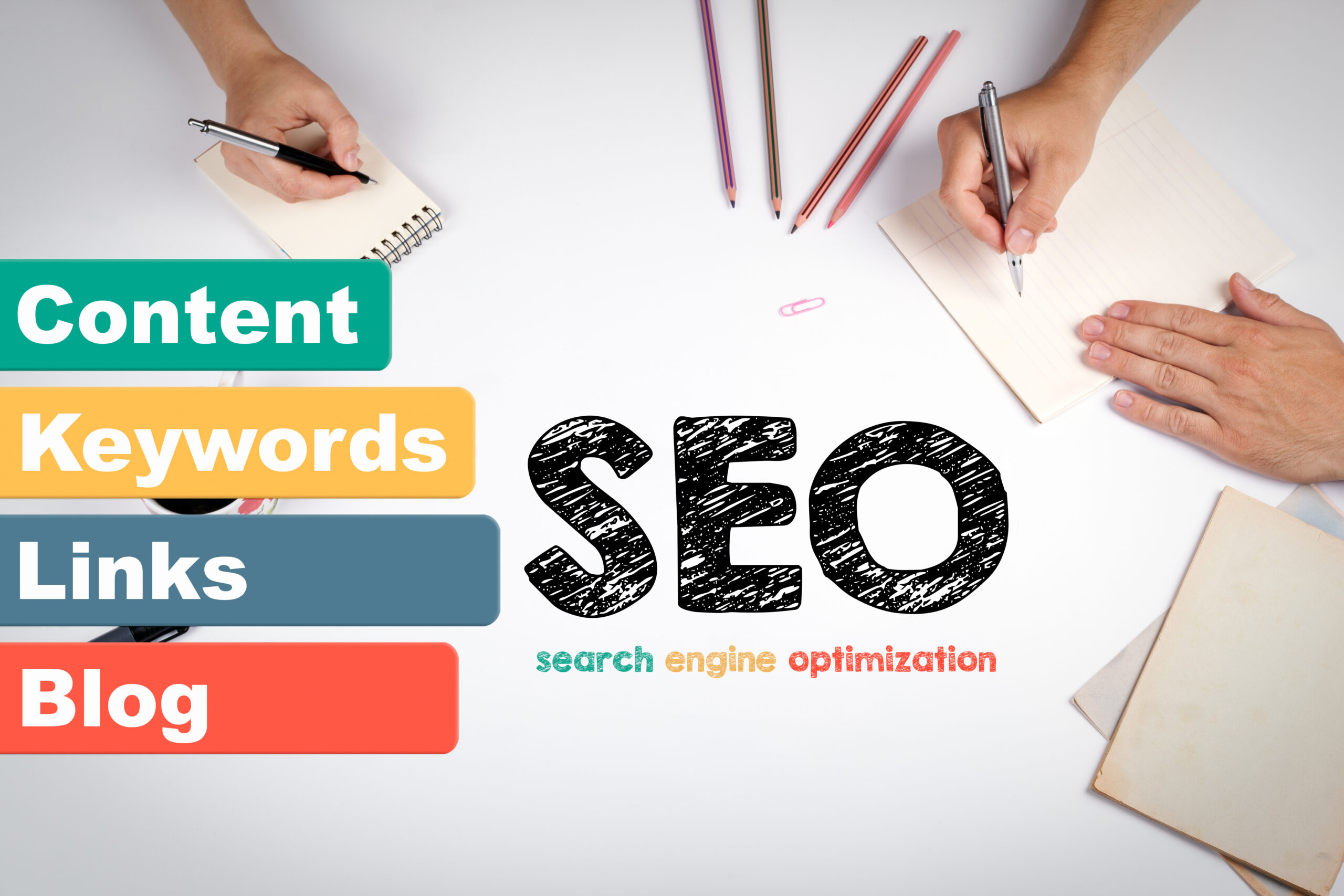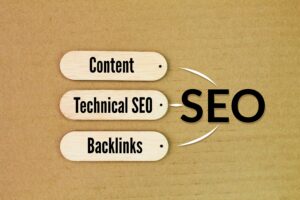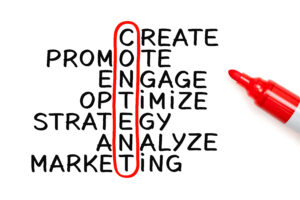
The Power of Video Marketing in Capturing Audience Attention
Why Video Marketing is Essential in Today’s Digital Landscape
In today’s fast-paced digital world, video marketing has become a cornerstone of successful marketing strategies. With the rise of social media platforms and the increasing consumption of online content, video has emerged as the most effective medium for capturing and retaining audience attention. According to recent statistics, over 80% of internet traffic is now driven by video content, and platforms like YouTube, TikTok, and Instagram report billions of daily video views. This shift underscores the growing preference for video over traditional text or image-based content.
Table of Contents
Why Video Marketing Is Essential for Engaging Consumers
One of the key reasons video marketing is essential is its ability to align with changing consumer behaviors. Modern audiences are more likely to engage with dynamic, visually appealing content that delivers information quickly and effectively. Videos cater to shorter attention spans by providing bite-sized, engaging narratives that are easy to consume. Moreover, the versatility of video allows brands to connect with their audience on a deeper level, whether through storytelling, product demonstrations, or behind-the-scenes glimpses. This adaptability makes video a powerful tool for building trust and fostering long-term relationships.
As mobile usage continues to dominate, video marketing has become even more critical. Mobile users are 1.5 times more likely to watch videos daily compared to desktop users, making it imperative for brands to create mobile-optimized content. In essence, video marketing is no longer a luxury but a necessity for businesses looking to stay relevant and competitive in the digital age.
The Psychology Behind Video Engagement
The effectiveness of video marketing lies in its ability to tap into the psychology of human engagement. Unlike static images or text, videos combine visuals, audio, and motion to create a multisensory experience that captures attention more effectively. Research shows that people retain 95% of a message when it’s delivered through video, compared to just 10% when reading text. This makes video an incredibly powerful tool for communication and persuasion.
Storytelling is a key element of video engagement. Humans are naturally drawn to stories, and videos provide a dynamic platform to weave compelling narratives. Whether it’s a brand’s origin story, a customer success journey, or a product’s evolution, storytelling in video form resonates emotionally with viewers, making the content memorable and impactful.
Additionally, the use of visuals and audio enhances the emotional connection. Bright colors, dynamic transitions, and engaging soundtracks can evoke specific emotions, from excitement to trust. For instance, a heartfelt testimonial video with soothing background music can build credibility and foster trust in a brand. Emotions play a critical role in decision-making, and videos that evoke the right feelings can significantly influence consumer behavior.
Types of Video Content That Drive Results
Not all video content is created equal. To maximize the impact of video marketing, it’s essential to choose the right type of video for your goals and audience. Here are some of the most effective formats:
Explainer Videos
Explainer videos are perfect for breaking down complex ideas into simple, digestible content. These videos often use animations, voiceovers, and clear visuals to explain a product, service, or concept. For example, a SaaS company might use an explainer video to demonstrate how their software simplifies workflow management. By making complicated topics accessible, explainer videos help build understanding and trust.
Product Demos
Product demonstration videos showcase a product’s features and benefits in action. These videos are particularly effective for e-commerce brands, as they allow potential customers to see the product in use before making a purchase. For instance, a beauty brand might create a demo video showing how to apply a new makeup product, highlighting its ease of use and results.
Testimonials and Case Studies
Nothing builds trust like social proof. Testimonial videos feature real customers sharing their positive experiences with a brand, while case study videos delve deeper into specific success stories. These formats humanize a brand and provide tangible evidence of its value. For example, a fitness company might share a video of a customer’s transformation journey, complete with before-and-after visuals.
Live Videos
Live videos offer a unique opportunity for real-time engagement and authenticity. Whether it’s a Q&A session, a product launch, or a behind-the-scenes tour, live videos create a sense of immediacy and exclusivity. Platforms like Instagram Live and Facebook Live make it easy for brands to connect with their audience in a more personal and interactive way.
Platforms and Channels for Video Marketing Success
Choosing the right platform is crucial for video marketing success. Each platform has its own audience, format, and best practices, so tailoring your content accordingly is essential.
YouTube remains the king of video content, offering a vast audience and robust search capabilities. Instagram and TikTok, on the other hand, are ideal for short, engaging videos that cater to younger demographics. LinkedIn is perfect for professional, B2B-focused video content, while Facebook offers versatility for both short and long-form videos.
Optimizing videos for mobile users is another critical consideration. With over 75% of video views coming from mobile devices, ensuring your content is mobile-friendly is non-negotiable. This includes using vertical or square formats, adding captions for sound-off viewing, and keeping file sizes manageable for quick loading.
How to Create Videos That Capture and Retain Attention
Creating compelling video content requires a strategic approach. Here are some actionable tips:
Start Strong
The first few seconds of a video are crucial for hooking viewers. Use attention-grabbing visuals, intriguing questions, or bold statements to draw your audience in immediately.
Keep It Concise
Respect your audience’s time by keeping videos short and to the point. While the ideal length varies by platform, most videos perform best when they’re under two minutes.
Use High-Quality Visuals and Audio
Professionalism matters. Invest in good lighting, clear audio, and high-resolution visuals to ensure your videos look and sound polished.
Add Captions and Subtitles
Captions not only improve accessibility but also boost engagement, as many viewers watch videos with the sound off. Ensure your captions are accurate and easy to read.
Measuring the Impact of Video Marketing
To gauge the success of your video marketing efforts, track key performance metrics such as views, watch time, engagement rates, and click-through rates. Tools like Google Analytics, YouTube Analytics, and social media insights can provide valuable data.
A/B testing is another powerful strategy. Experiment with different video lengths, formats, and calls-to-action to see what resonates best with your audience. Use these insights to refine your approach and maximize ROI.

Data-Driven Decisions
Tracking metrics like engagement rates and viewer retention helps refine your video strategy. Analyzing this data reveals trends, improves messaging, and boosts conversions.
A/B Testing
Testing different thumbnails, lengths, and calls-to-action helps identify what works best. Continuous refinement based on data enhances engagement and maximizes ROI.
Future Trends in Video Marketing
The future of video marketing is brimming with innovation. Interactive videos, where viewers can click on elements to explore more, are gaining traction. Similarly, AR/VR integration is opening up new possibilities for immersive brand experiences. Shoppable videos, which allow viewers to purchase products directly, are also on the rise.
AI is playing an increasingly significant role in video creation and personalization. From automated editing tools to AI-driven recommendations, technology is making it easier than ever to create tailored video content.
Common Mistakes to Avoid
Even the best video marketing strategies can falter if common mistakes are made. Avoid overly salesy content that prioritizes selling over providing value. Neglecting SEO is another pitfall; optimize your videos with relevant keywords, tags, and descriptions to improve discoverability. Finally, don’t underestimate the importance of a robust distribution strategy. Even the best video won’t perform well if it’s not promoted effectively. Consistently analyzing performance metrics and audience feedback ensures continuous improvement, helping your video content stay relevant and impactful. Small tweaks, like better thumbnails or CTAs, can greatly boost engagement.
Actionable Steps to Get Started with Video Marketing
For businesses new to video marketing, here’s a step-by-step guide:
Plan a Content Calendar
Consistency is key. Create a content calendar to ensure a steady flow of diverse video content.
Test and Iterate
Use analytics and feedback to refine your approach. Continuously improve your videos based on performance data.
Define Target Audience
Start by identifying what you want to achieve and who you want to reach. Align your video content with these objectives.
Invest in the Right Tools
From cameras to editing software, invest in high-quality creative tools that match your budget and needs.
Frequently Asked Questions
What is video marketing?
Video marketing is a digital marketing strategy that uses video content to promote a brand, product, or service. It can include various formats such as explainer videos, product demonstrations, testimonials, live streams, and social media clips. By leveraging the power of visual storytelling, video marketing helps businesses engage audiences, boost brand awareness, and drive conversions across multiple platforms, including websites, social media, and email campaigns.
How much does a 30 second marketing video cost?
The cost of a 30-second marketing video depends on several factors, including production quality, scripting, editing, and overall complexity. Whether you need a simple, engaging clip or a high-end, professionally produced video, we can tailor a solution that fits your budget and goals. Contact us today to discuss your vision, and we’ll help you create a video that maximizes impact without exceeding your budget.
How do I get into video marketing?
Getting started with video marketing begins with a clear strategy. Define your goals, target audience, and key messages before creating content. Start with simple videos using a smartphone or basic editing tools, then gradually improve your production quality as you gain experience. Focus on storytelling, keep your videos engaging, and optimize them for different platforms like social media, websites, and email campaigns.
Is video a good marketing strategy?
Yes, video is one of the most effective marketing strategies available today. It enhances engagement, boosts brand awareness, and improves conversion rates by delivering information in a dynamic and visually compelling way. With the rise of social media and mobile consumption, video content is more impactful than ever, helping businesses connect with their audience on a deeper level. Additionally, video improves SEO by increasing dwell time and driving more traffic to your website.
















